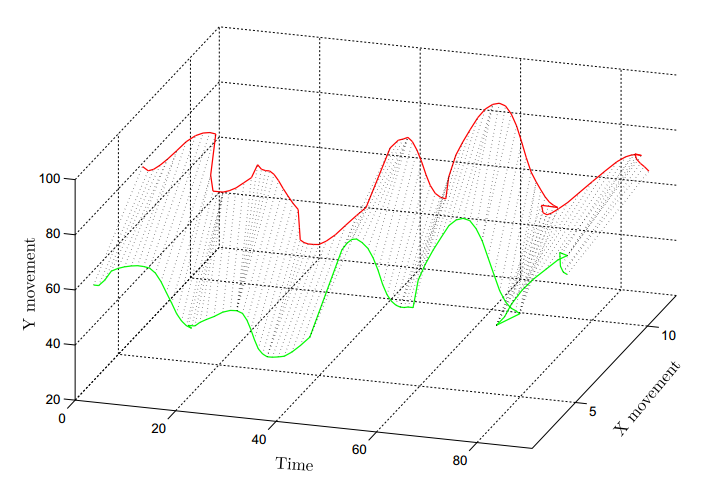1.【博客】Transfer learning & The art of using Pre-trained Models in Deep Learning
简介:
Neural networks are a different breed of models compared to the supervised machine learning algorithms. Why do I say so? There are multiple reasons for that, but the most prominent is the cost of running algorithms on the hardware.
In today’s world, RAM on a machine is cheap and is available in plenty. You need hundreds of GBs of RAM to run a super complex supervised machine learning problem – it can be yours for a little investment / rent. On the other hand, access to GPUs is not that cheap. You need access to hundred GB VRAM on GPUs – it won’t be straight forward and would involve significant costs.
Now, that may change in future. But for now, it means that we have to be smarter about the way we use our resources in solving Deep Learning problems. Especially so, when we try to solve complex real life problems on areas like image and voice recognition. Once you have a few hidden layers in your model, adding another layer of hidden layer would need immense resources.
Thankfully, there is something called “Transfer Learning” which enables us to use pre-trained models from other people by making small changes. In this article, I am going to tell how we can use pre-trained models to accelerate our solutions.
2.【代码】Thinc: Practical Machine Learning for NLP in Python
简介:
Thinc is the machine learning library powering spaCy. It features a battle-tested linear model designed for large sparse learning problems, and a flexible neural network model under development for spaCy v2.0.
Thinc is a practical toolkit for implementing models that follow the "Embed, encode, attend, predict" architecture. It's designed to be easy to install, efficient for CPU usage and optimised for NLP and deep learning with text – in particular, hierarchically structured input and variable-length sequences.
原文链接:https://github.com/explosion/thinc
3.【博客】
Neural networks for algorithmic trading. Multivariate time series
简介:

In previous post we discussed several ways to forecast financial time series: how to normalize data, make prediction in the form of real value or binary variable and how to deal with overfitting on highly noisy data. But what we skipped (on purpose) — is that our .csv file with prices basically has much more data that we may use. In last post only close prices with some transformation were used, but what can happen if we will consider also high, low, open prices and volume of every historical day? This leads us to working with multidimensional, e.g. multivariate time series, where on every time stamp we have more than just one variable — in our case we will work with whole OHLCV tuple.
4.【博客】How Zendesk Serves TensorFlow Models in Production
简介:
At Zendesk we are developing a series of machine learning products, the most recent of which is Automatic Answers. It uses machine learning to interpret user questions and responds with relevant knowledge base articles. When a customer has a question, complaint or enquiry, they may submit their request online. Once their request is received, Automatic Answers will analyse the request and suggest relevant articles which may best assist with the customer’s request via email.
5.【博客】Image Segmentation using deconvolution layer in Tensorflow
简介:
Image segmentation is just one of the many use cases of this layer. In any type of computer vision application where resolution of final output is required to be larger than input, this layer is the de-facto standard. This layer is used in very popular applications like Generative Adversarial Networks(GAN), image super-resolution, surface depth estimation from image, optical flow estimation etc. These are some direct applications of deconvolution layer. It has now also been deployed in other applications like fine-grained recogntion, object detection. In these use cases, the existing systems can use deconvolution layer to merge responses from different convolutional layers and can significantly boosts up their accuracy.
There are 4 main parts of this post:
- What is image segmentation?
- What is deconvolutional layer?
- Initialization strategy for deconvolutional layer.
- Writing a deconvolutional layer for Tensorflow.
原文链接:http://cv-tricks.com/image-segmentation/transpose-convolution-in-tensorflow/






















 被折叠的 条评论
为什么被折叠?
被折叠的 条评论
为什么被折叠?








